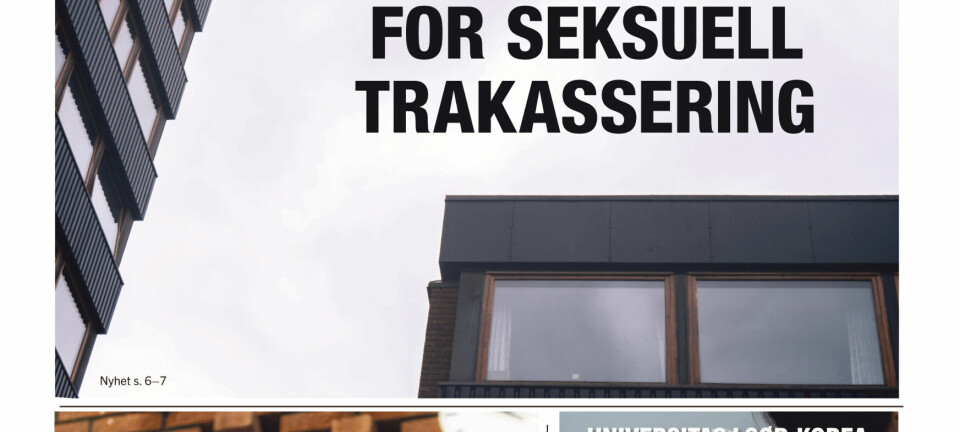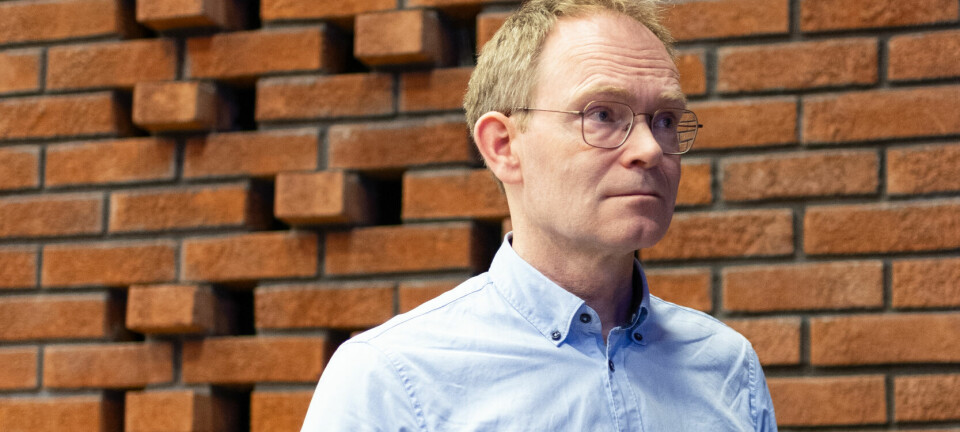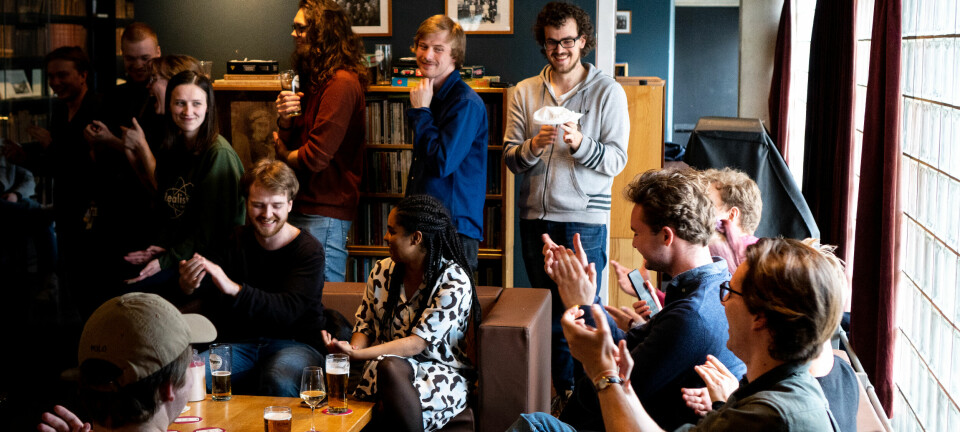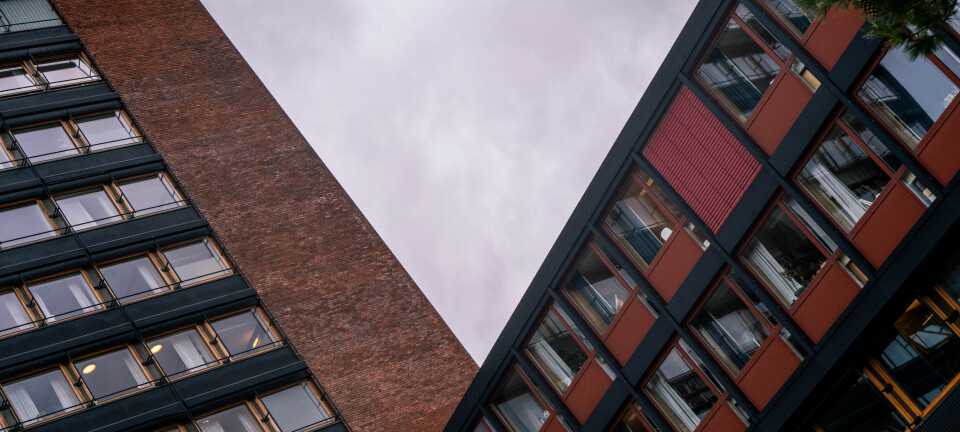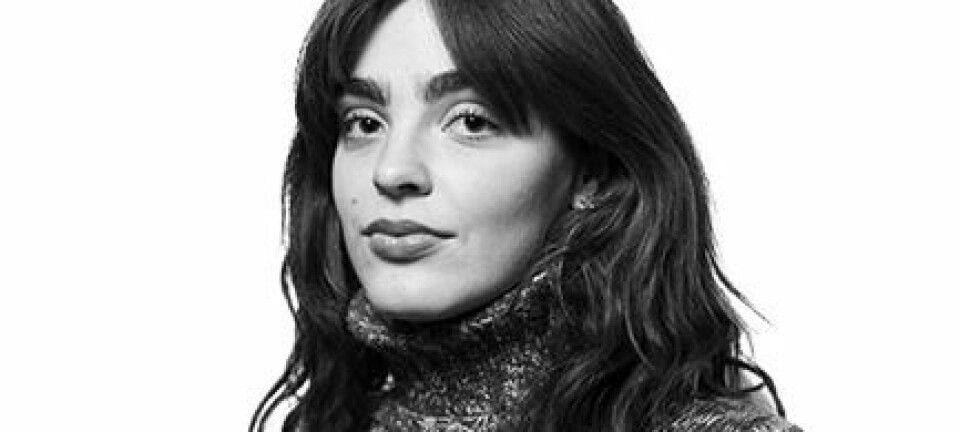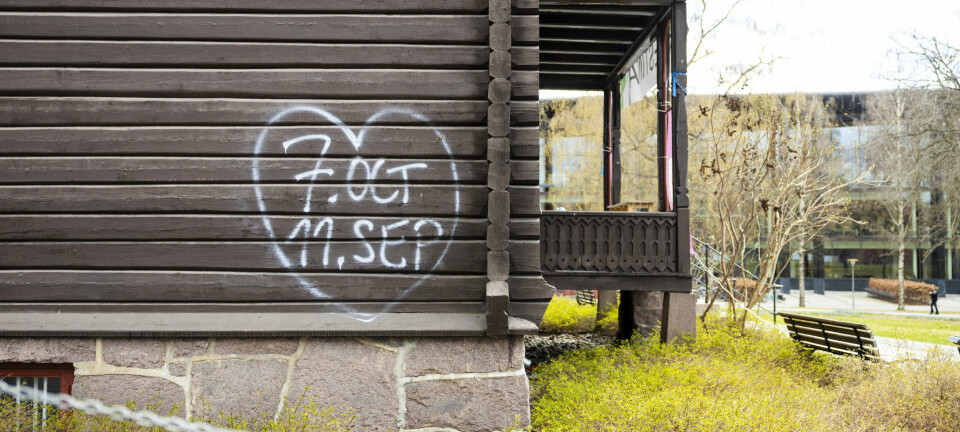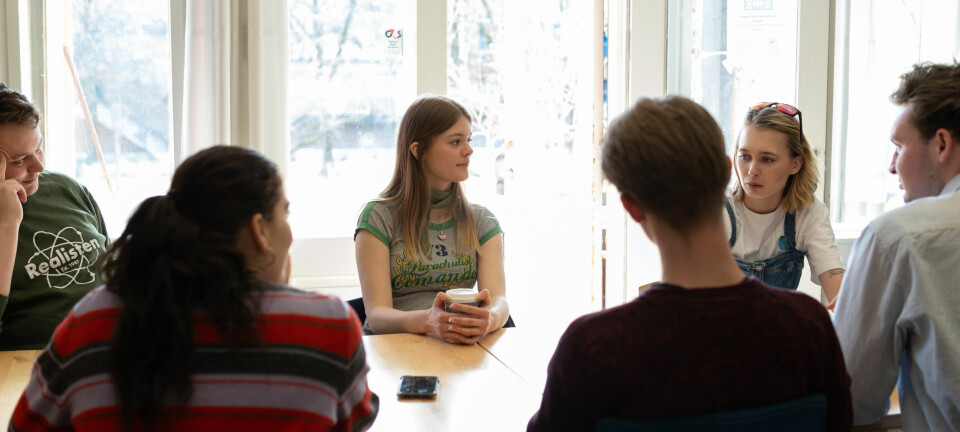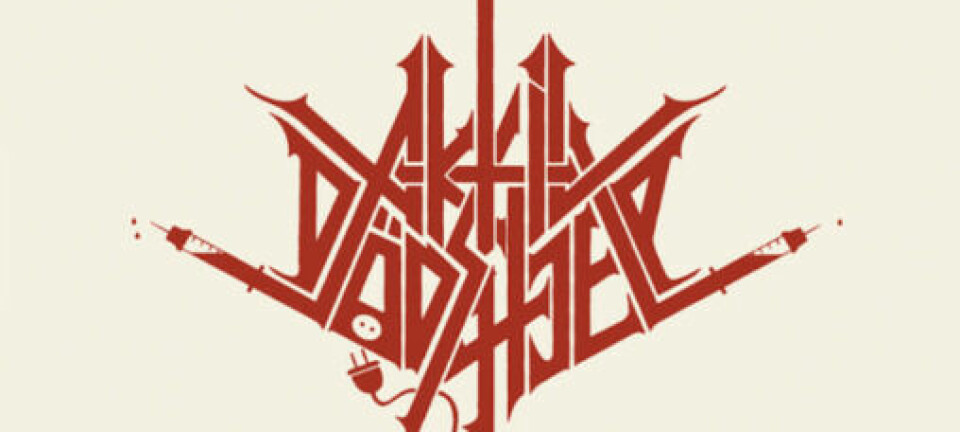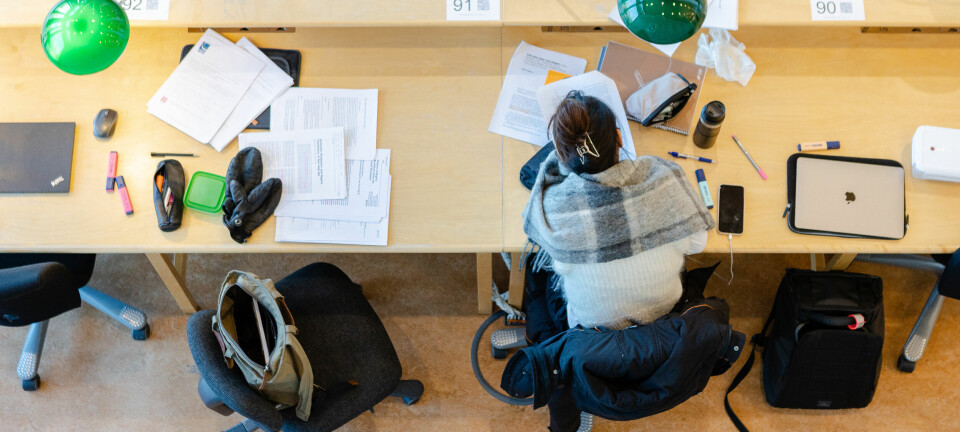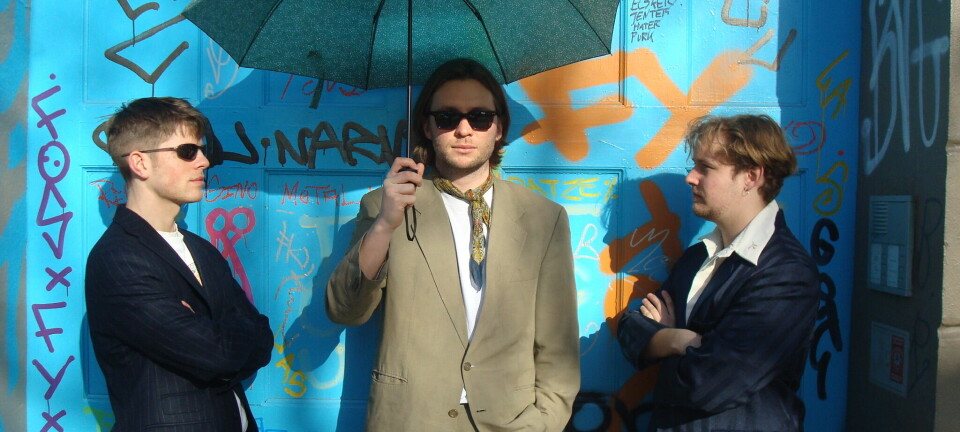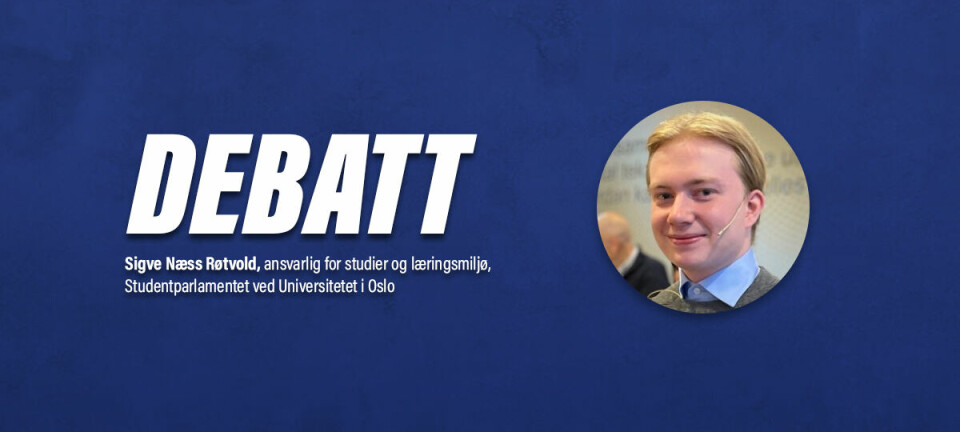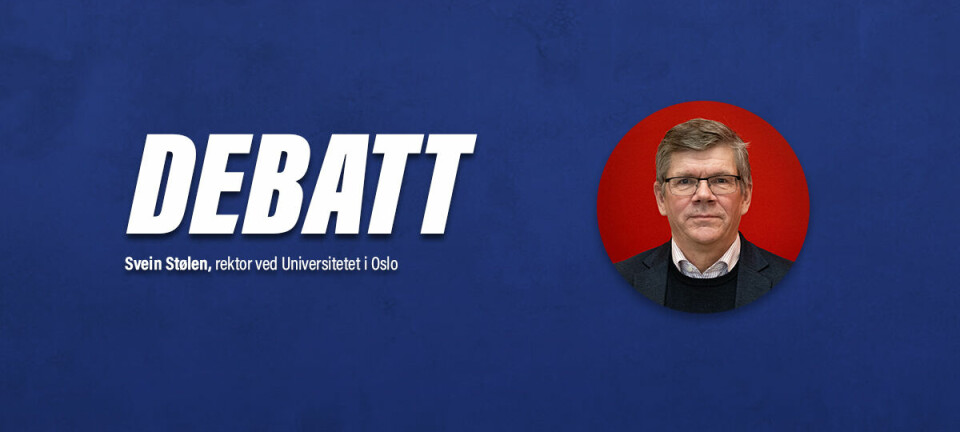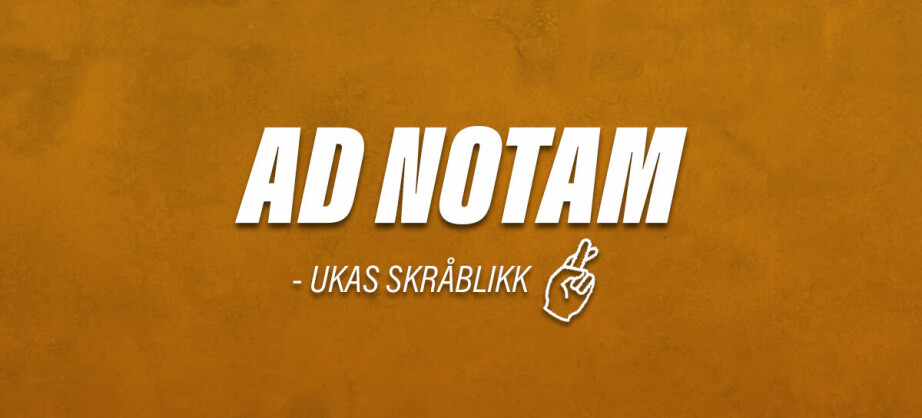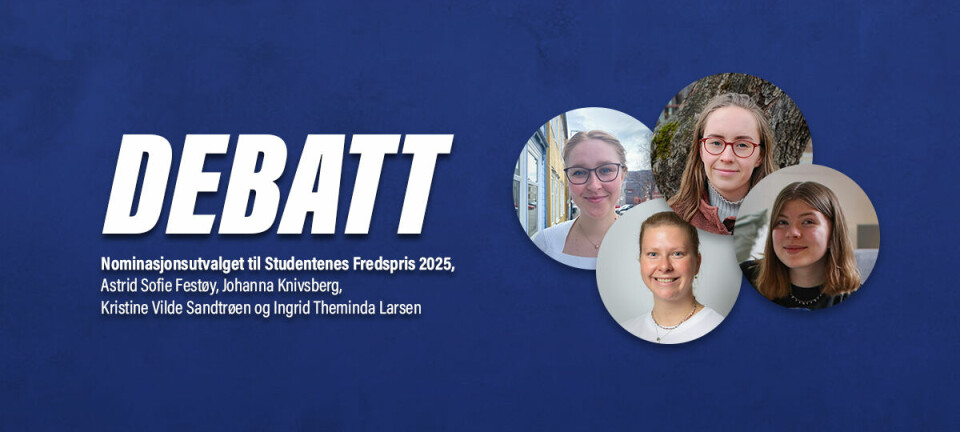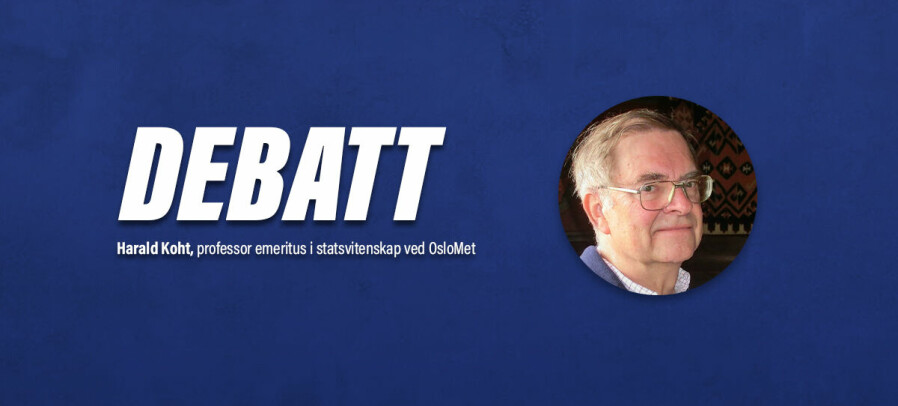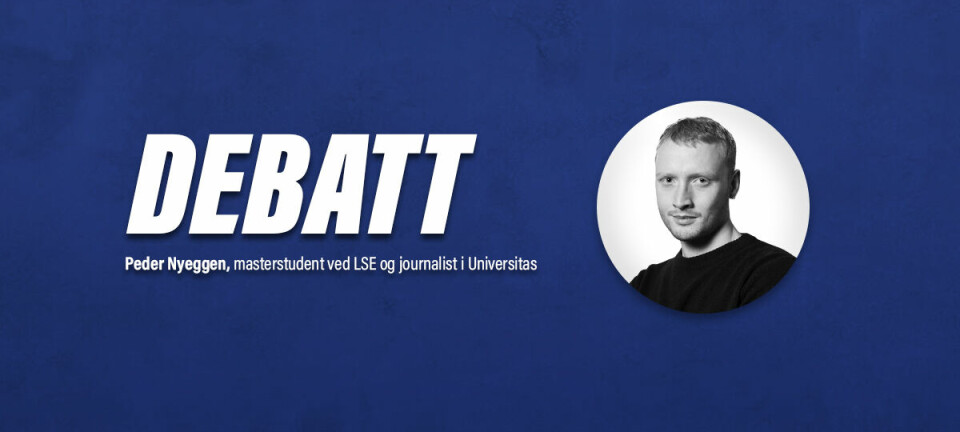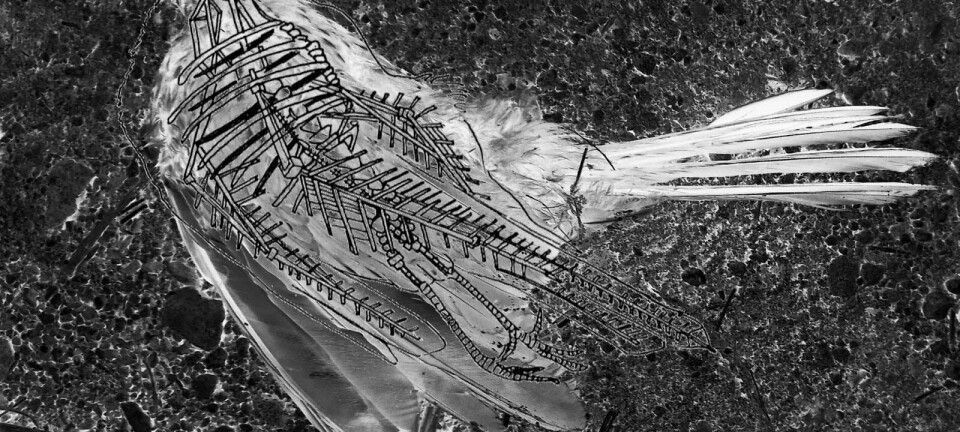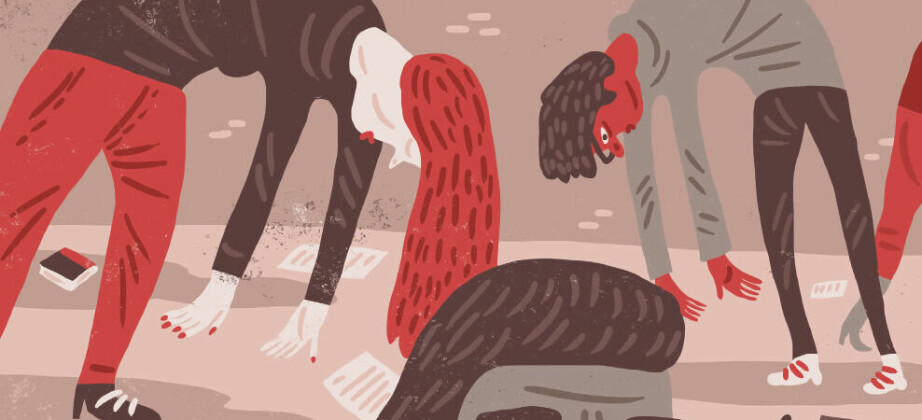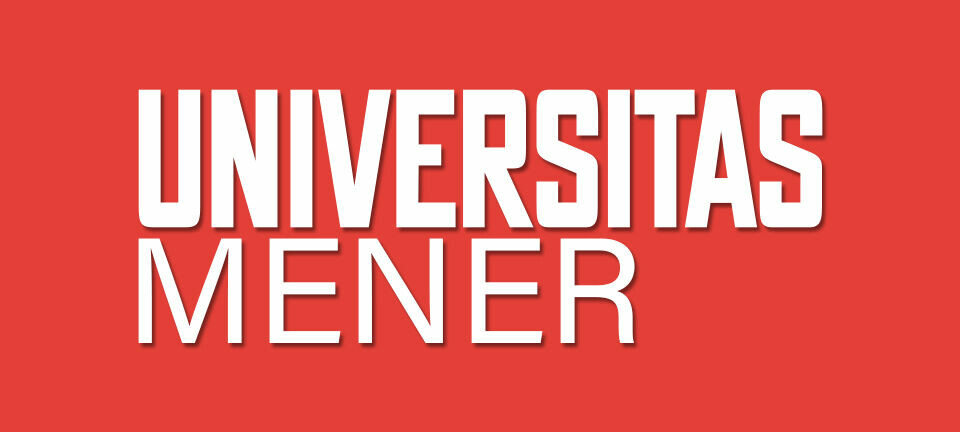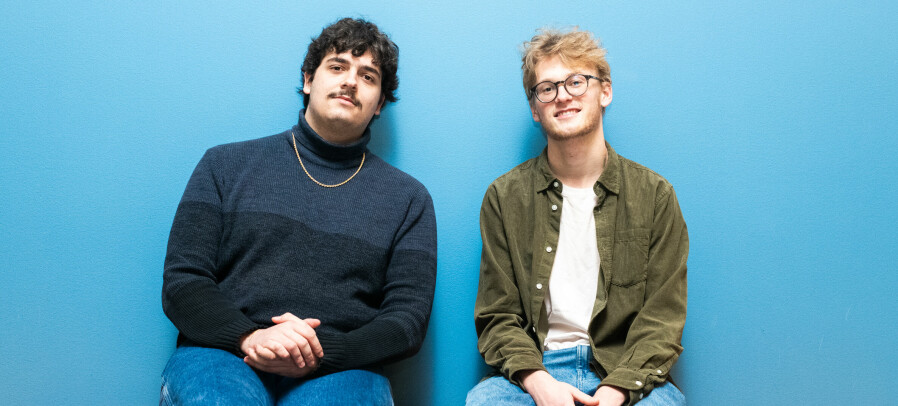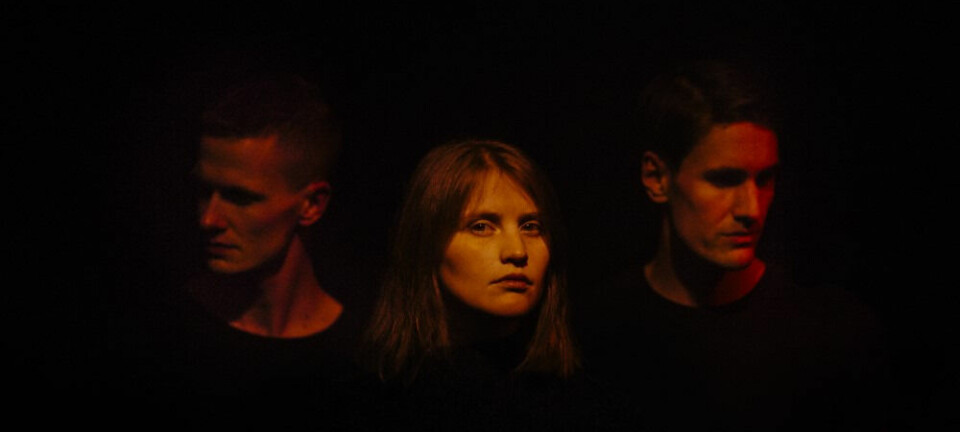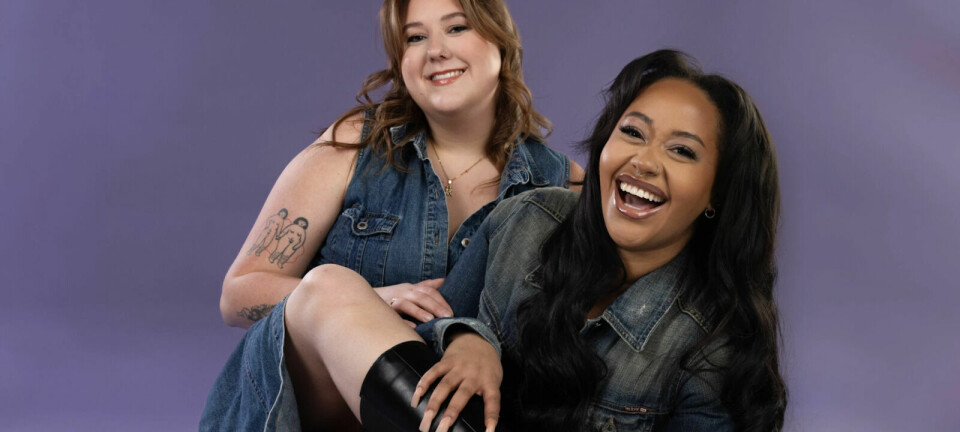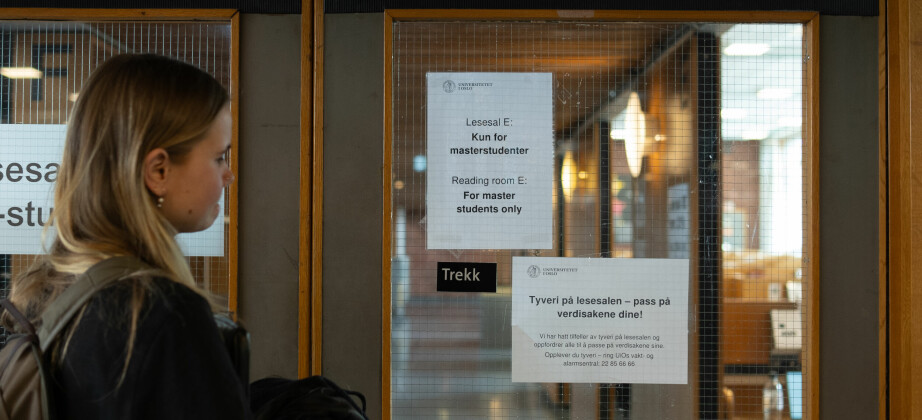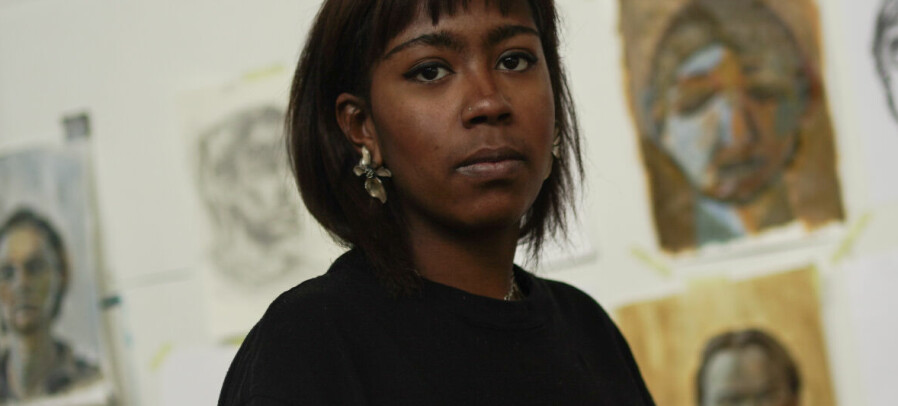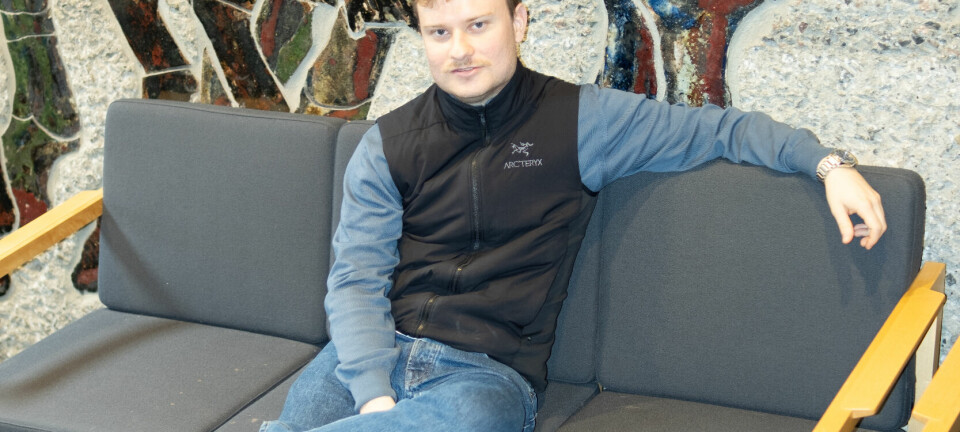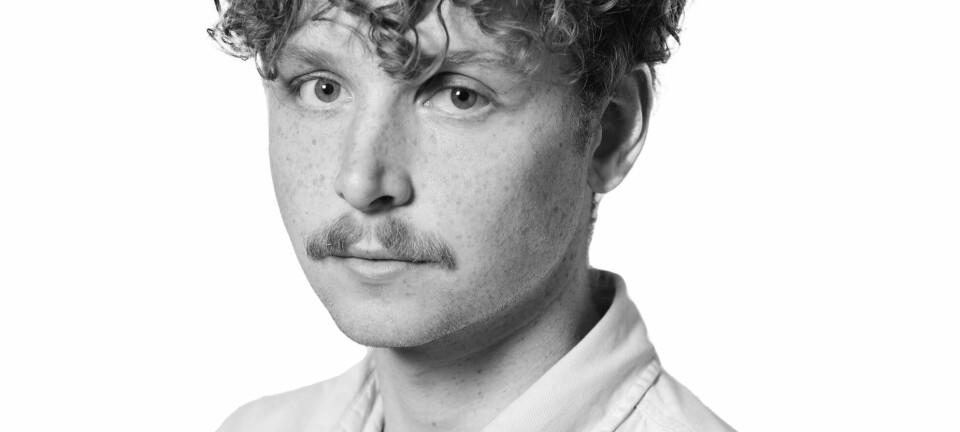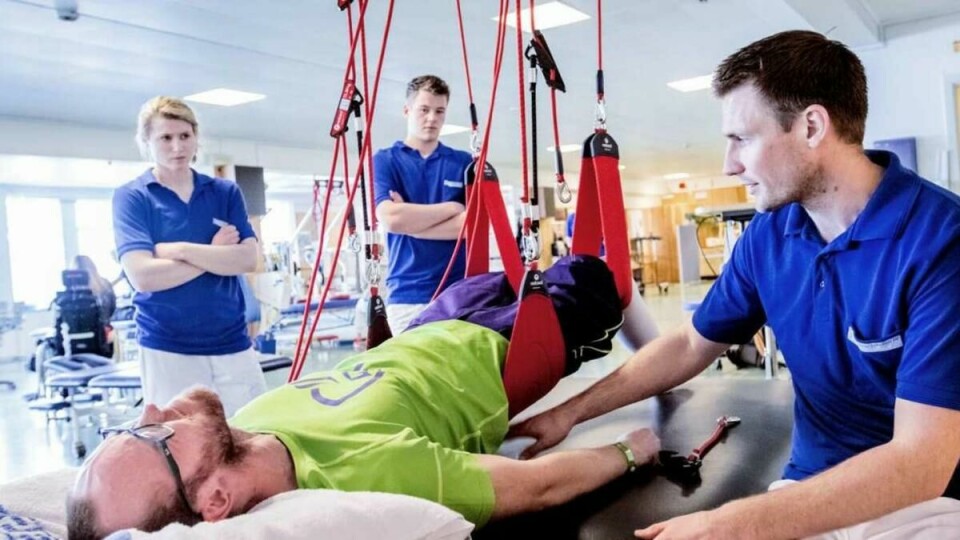
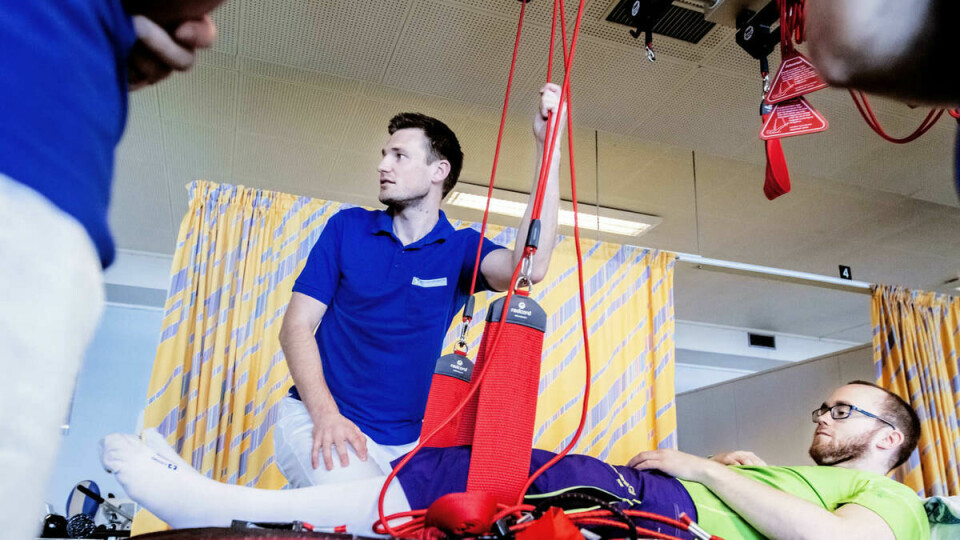
Life on hold
Academic life can suddenly be turned upside down. On Sunnaas Rehabilitation Hospital, students are working their way back to a normal life.
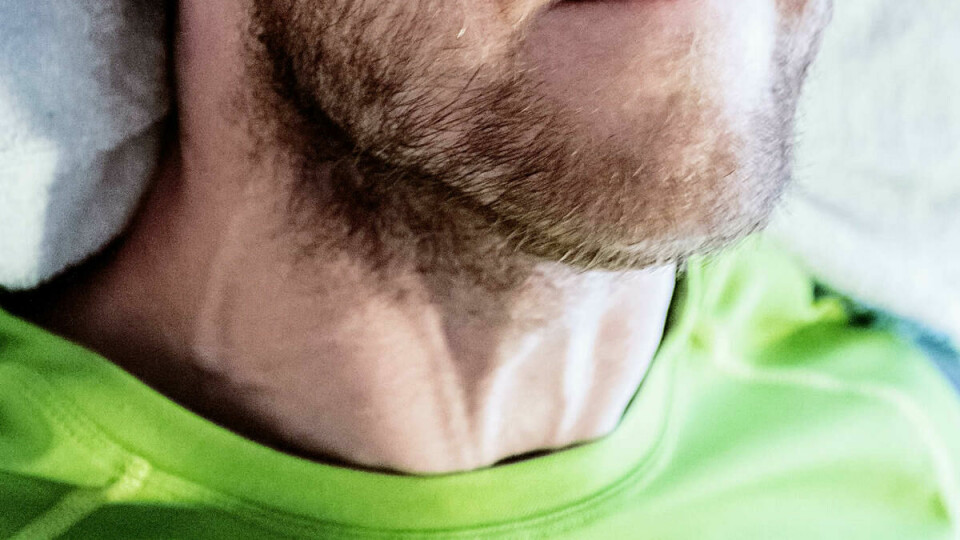
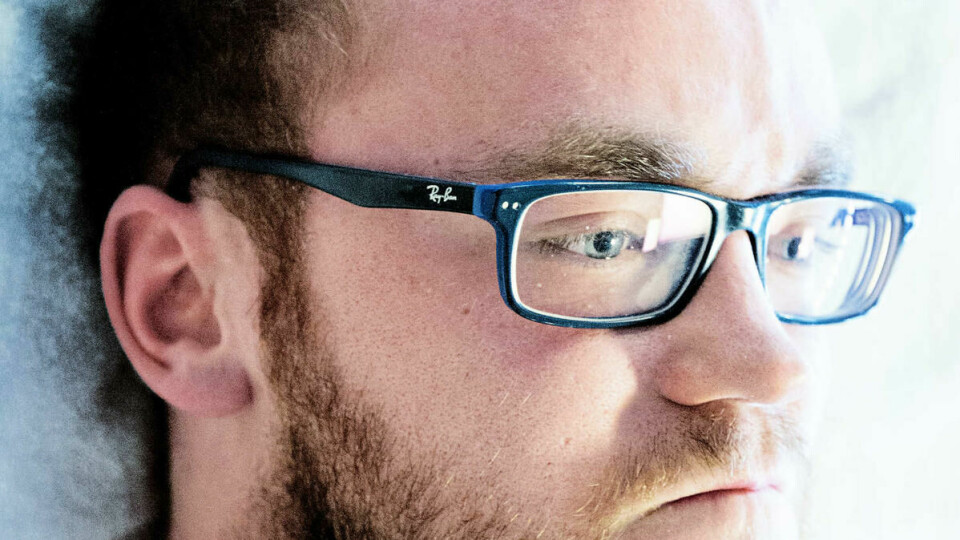
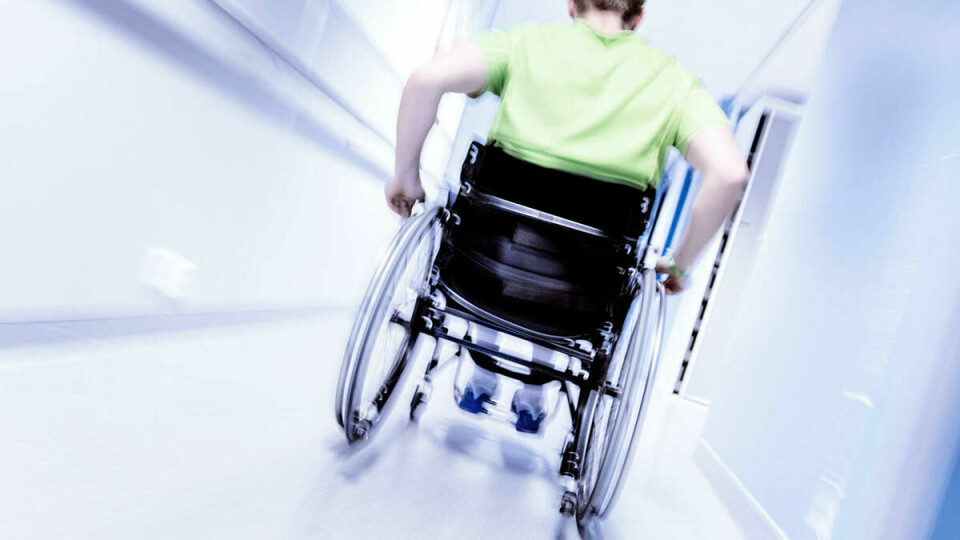
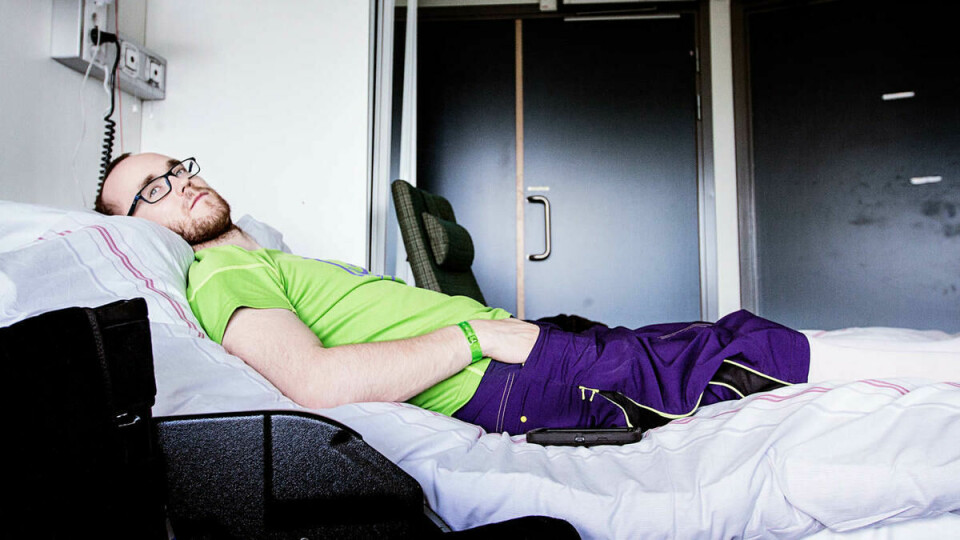
– I've always been very active, but I have found that there is much you can do in a wheelchair, says Ole Vegard Nebbneset.
He studies medicine and rises early – like most other students when wxams are close. But where his fellow students gulp down their morning coffee on the way to the tram or subway, Nebbneset quickly rolls into the cafeteria and the breakfast buffet at Sunnaas Rehabilitation Hospital at Nesodden.
A bright blue sky reflected in the Oslofjord can be seen through the windows. Green trees stand close together along the ground down towards the water, and slightly to the side we see an island that winds its way like an arm into the fjord, with a row of several colourful houses.
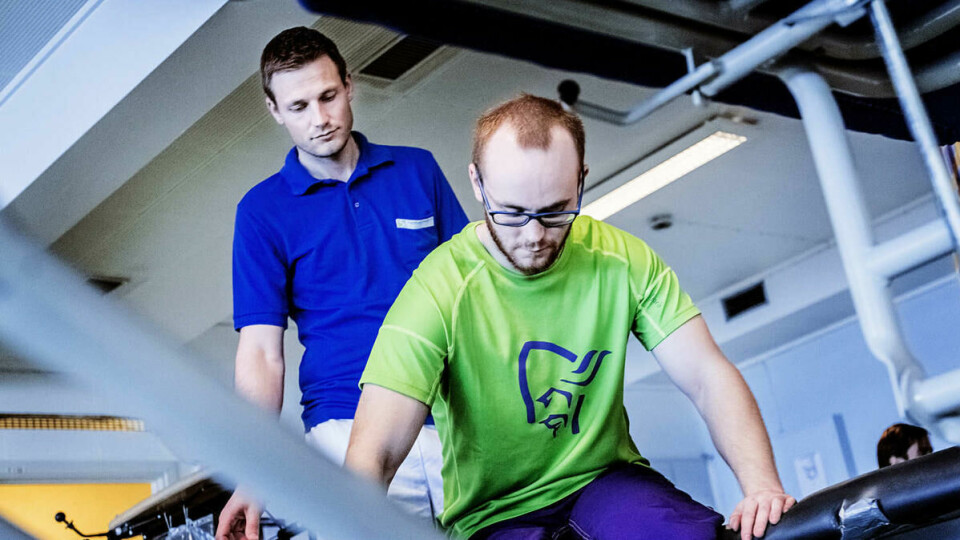
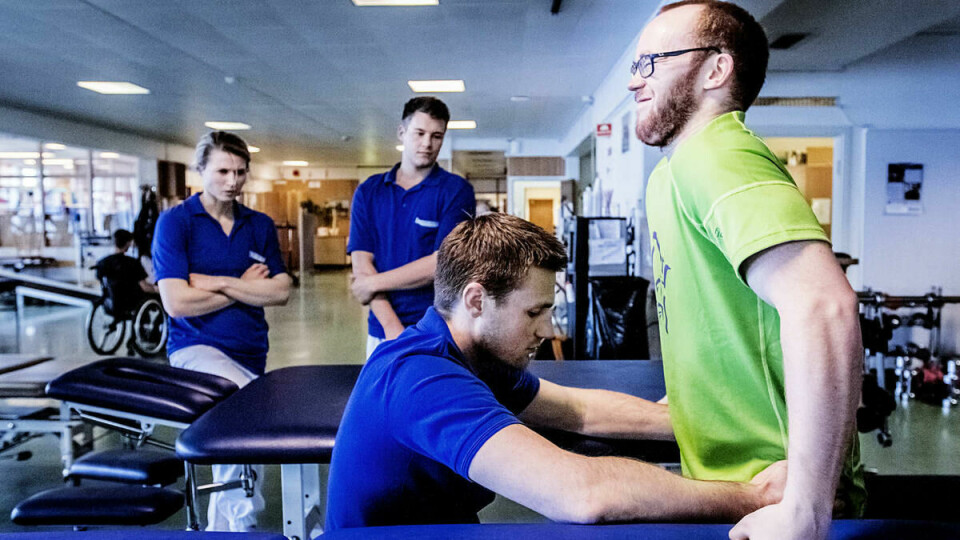

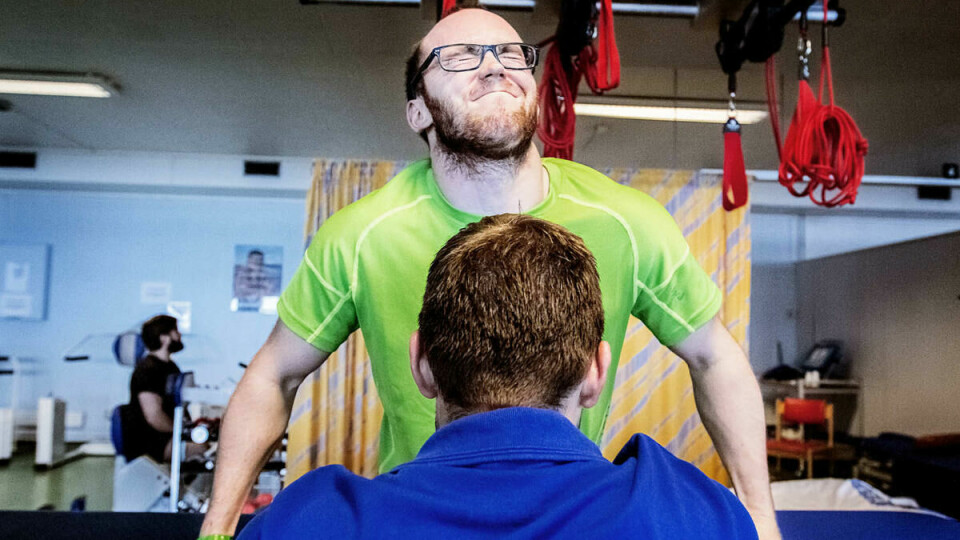
For another three months Nebbneset will devote all his attention to his body. It's not the worst thing that can happen to a medical student. He is on leave from his studies, but will work to catch up on his studies he lost this summer.
– I have dealt with sitting in a wheelchair much better than I had thought. People told me it was sad that I got hurt, but they also said that I could see rehabilitation as an alternative practice, he says.
Just under two months ago, Nebbneset went on easter vacation with his brother and father to Kvitfjell. Going downhill on telemark skis, Nebbneset saw a ski jump he impulsively decided to jump.
Moments later he lands on his stomach in the snow with a broken vertebra. He was taken to Ullevål Hospital for surgery. Two weeks later he was moved to Sunnaas. Nebbestad studies medicine in Tromsø, but as Sunnaas is considered the largest specialized hospital in physical medicine and rehabilitation, he chose to go to Oslo to receive the best treatment option.
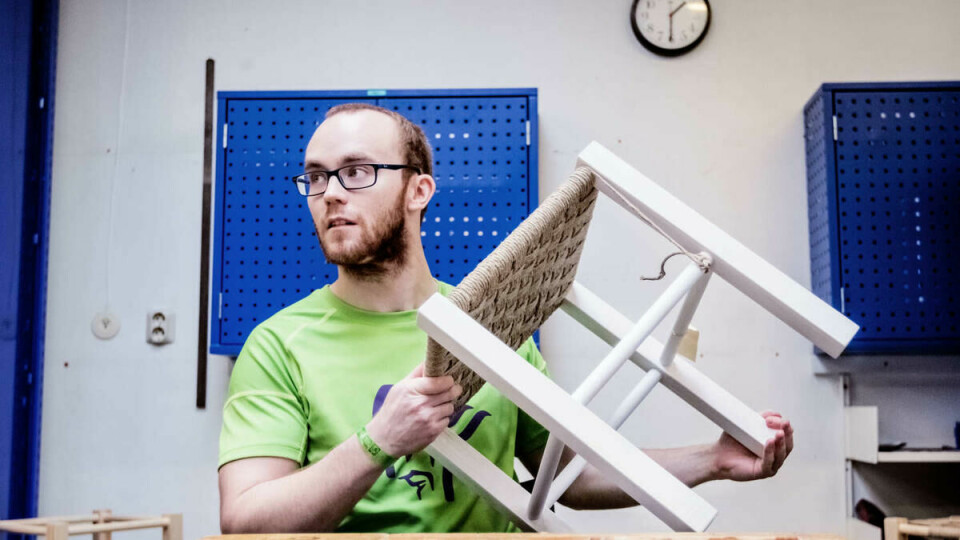
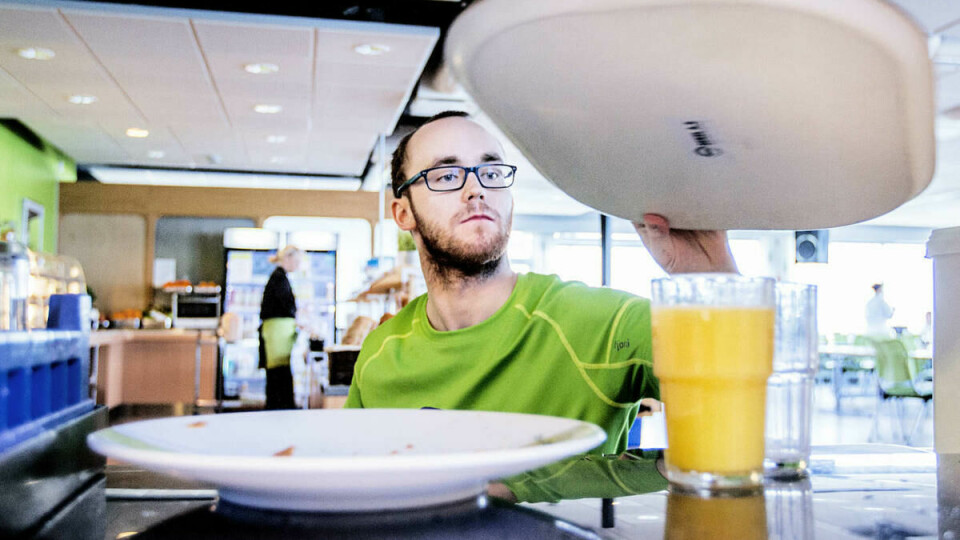
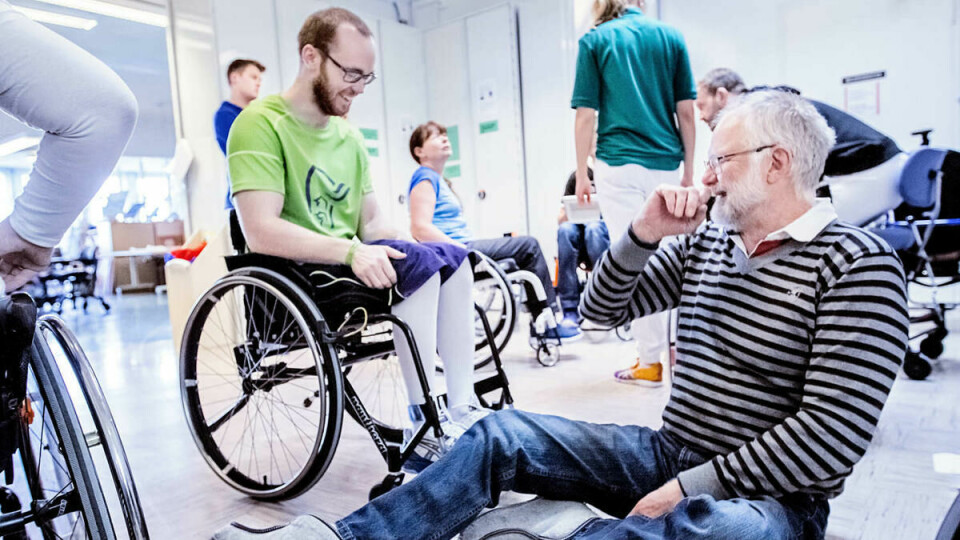
Nebbneset contributes in to the hospital’s statistics, where the most common types of accidents are falls and traffic accidents. Young men are overrepresented among those injured.
– The absolutely worst was right after the accident, because I was completely paralyzed. But since the break was so far down on my back, I was told after the surgery that I would probably walk again, says Nebbneset.
Since then, the motivation to train the body again has been on top. Typical exercises are everything from sling training to the pool. His goal is to strengthen the muscles in the legs so that he can walk again.
– Mum and Dad come to visit every night so I don’t have to be alone in the afternoon. But there are also others in the hospital ward who are my age, and there is one boy who has experienced almost the same as I, he says.
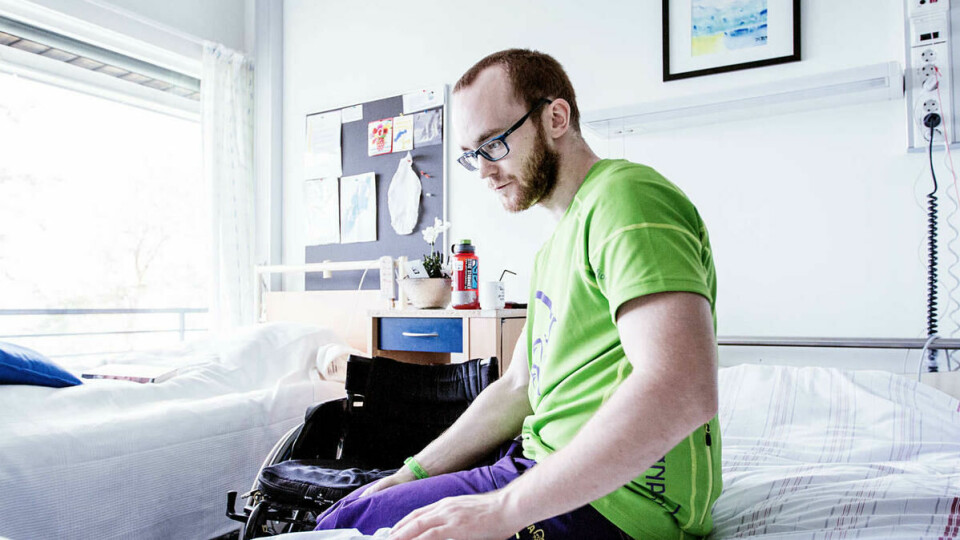
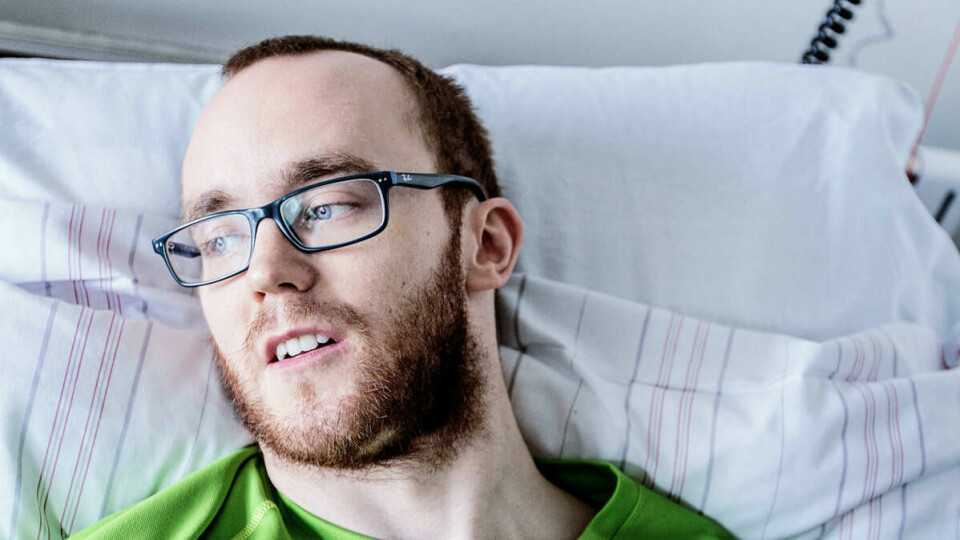
Although it may be difficult for patients to get outdoors, alternative activities are arranged. Nebbneset mentions shuffleboard, archery and various arts and crafts as some. He takes a woodcraft course to learn refurbishment techniques he can use in his newly bought apartment in Tromsø.
– The physiotherapy hours have given me much. There is progress almost every day, and that helps a lot on my mood and psyche, he says.
That's where he's headed now. Physiotherapist Ole Christian Andersen is ready in the physiotherapy room and helps Nebbneset up into a bed. Andersen straps red cords around both his knees.
Two physiotherapy students will assist today. Terje Hasselø and Hannah Midtbø, both students at the University of Oslo and Akershus (HiOA), are deployed on observation practice.
Besides the physiotherapy students there are two groups of medical students doing practice one day each semester, each group consisting of approximately 100 students. In addition to this, employees from Sunnaas give lectures at educational institutions in Oslo.
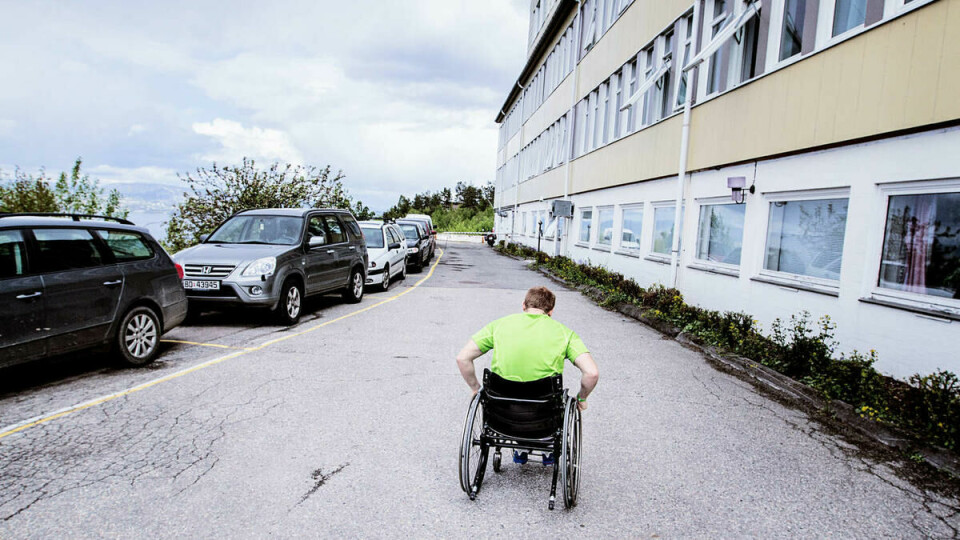
– I have much better endurance now. I wasn’t this strong last week. Don’t you agree?
Nebbestad receives a nod from the physiotherapist. The physiotherapy students ask additional questions regarding exercises Nebbneset must go through, and several times Nebbneset answers the questions.
Nurse Anette Glad says Sunnaas is keen to facilitate individual arrangements for those wishing to sit their exam while on rehabilitation. But it is not a requirement.
– It is demanding to be here, and most are so severely injured that they want to postpone their studies, she says.
Head of Medicine, Frank Becker, says it may be necessary for the different educational facilities to visit their students at the hospital.
– For some, it may be necessary to change curriculum or their ongoing studies underway, and when they do we try to help in the process, says Becker.
There are no exact figures on how many students are in rehabilitation at Sunnaas, but according to Becker, students make up dozens of the total 2500 patients who are admitted each year. The last exercise of the day is to stand upright.
Physiotherapist Andersen place two beds side by side with a small gap. Nebbneset has sat up on the edge of the bed and place his knuckles on each edge.
– When I tried to sit on my behind in the beginning, I had so poor balance that it was difficult to sit still. You rarely think about how many muscles are in use when sitting, but I can really feel it now.
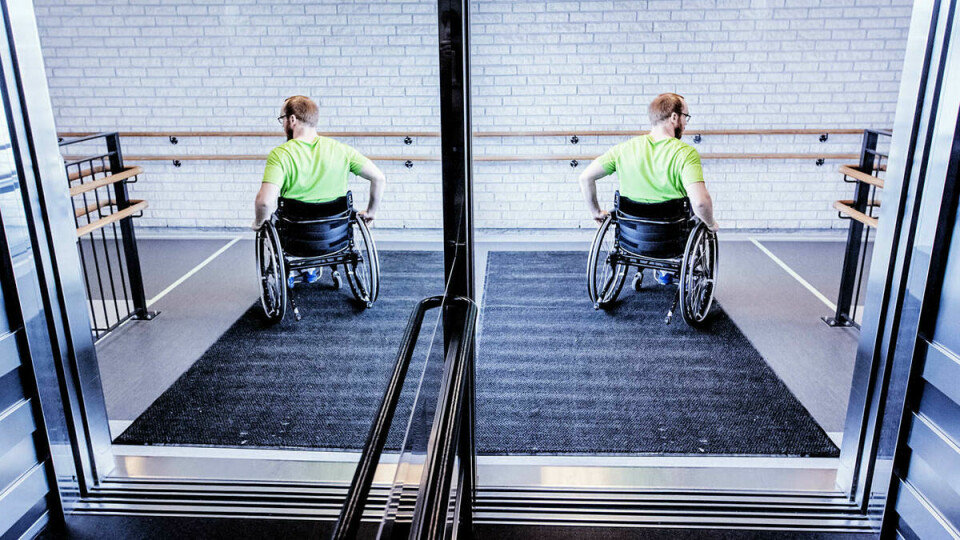
While Andersen locks Nebbneset’s feet in place, he asks the patient to breathe in and stand up slowly.
– I notice that I’m getting tired, but it's a good feeling, he says and smiles at Andersen.
After an hour, the two physiotherapy students got a taste for more. They think it’s great to see that physiotherapists can make a big difference.
– It must be nice to see the progression in patients, and especially here in Sunnaas, because their injuries are so severe, says Midtbø.
For Nebbneset, today’s activities are not finished quite yet. After lunch he has a woodcraft lesson. After that he has a cardio workout with arm cycling.
– Mum say we are doing a bad job of celebrating my progress. She thinks we need to shout more «go go go! » and give each other a pat on the back!
